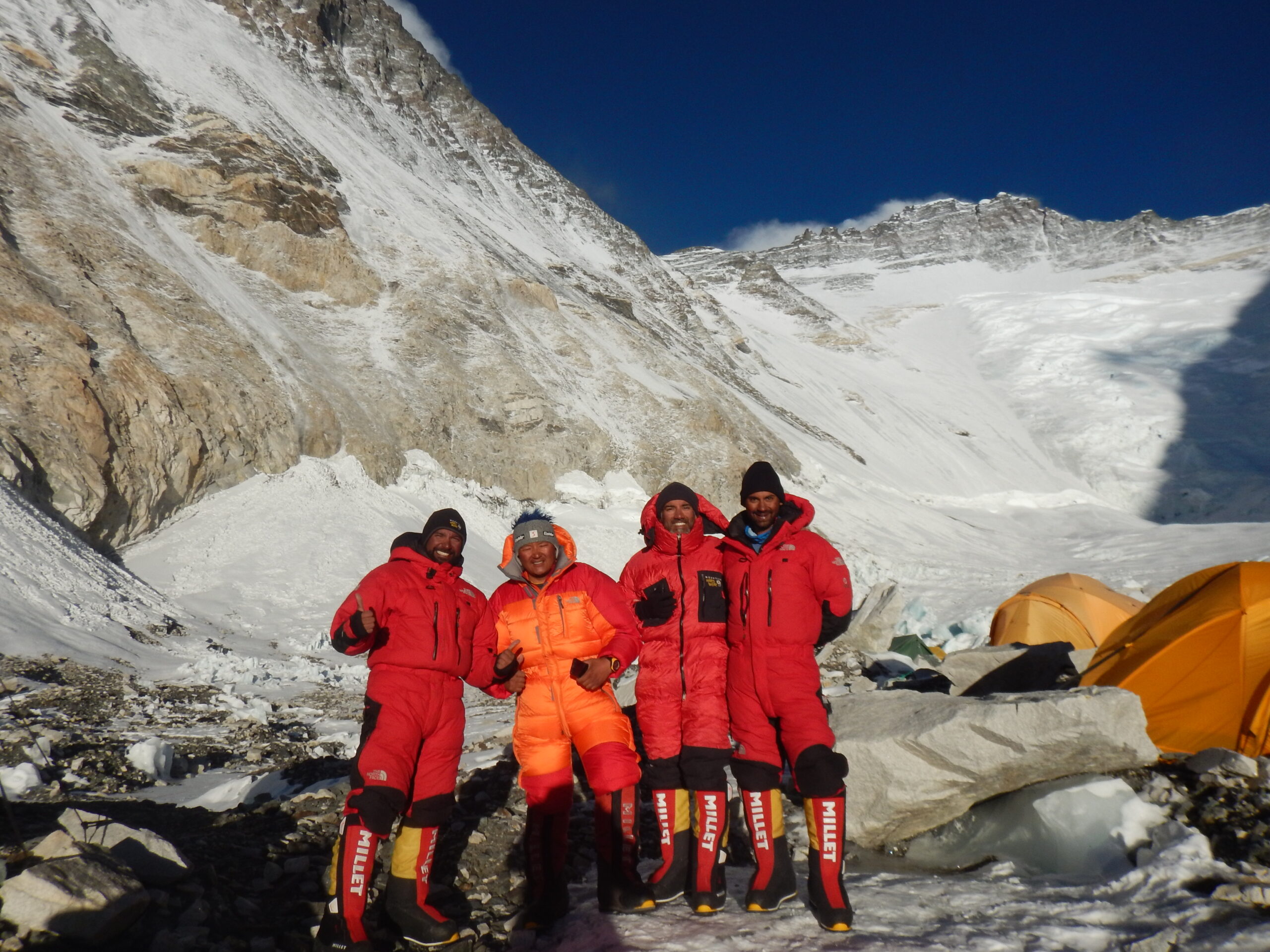
In this second part of the blog we are going to discuss few more important tips and recommendations that will help you plan your trainning for the high-altitude climbing expeditions.
7. Gear Up and Test Everything (Yes, Everything)
Let’s get one thing straight: your gear is not a fashion statement. It’s not designed to make you look cool in summit selfies. It’s designed to keep you alive in conditions where “cool” is literally -25°C.
So before you head to the mountains, do yourself — and your toes — a favor: test everything.
Boots: Trust Them Like Your Life Depends on It (Because It Might)
Break them in. And I don’t mean “I wore them on a Sunday brunch walk.”
I mean hike in them. Sweat in them. Climb stairs in them. Get blisters from them before you go to altitude, not after.
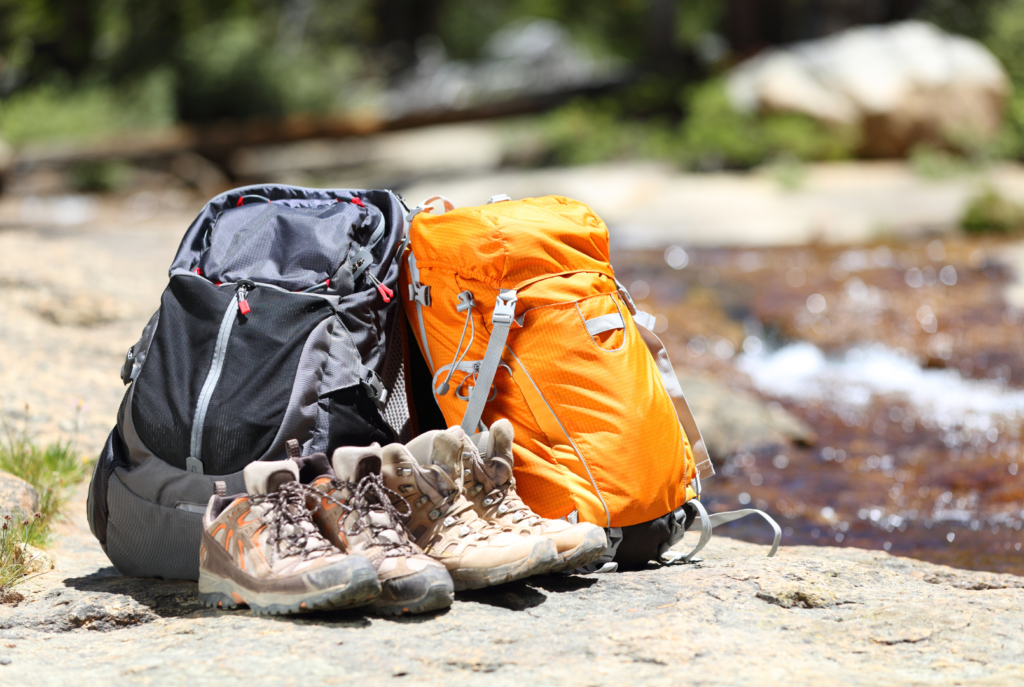
Sherpa wisdom:
“You trust your boots more than your guide. Wear them well.”
Train with Your Pack, Not Just With Pride
Don’t show up with a shiny new backpack and expect it to carry itself. Use the same pack during training that you’ll use on the expedition. Load it up, hike with it, adjust it, repack it a dozen times until you know exactly where everything is — even in the dark, half-asleep, wearing gloves, and mildly annoyed with your tent mate.
Master Your Layering System
Your base layer, mid-layer, and outer shell aren’t just terms from an online shopping filter.
They’re your climate control system, and they need to work together. Practice layering during local hikes. See what works for your body. Learn how quickly you sweat, when you chill, and how to adjust on the go.
Because the mountain doesn’t wait while you Google “how to stop freezing in Merino wool.”
Get Hands-On with Your Technical Gear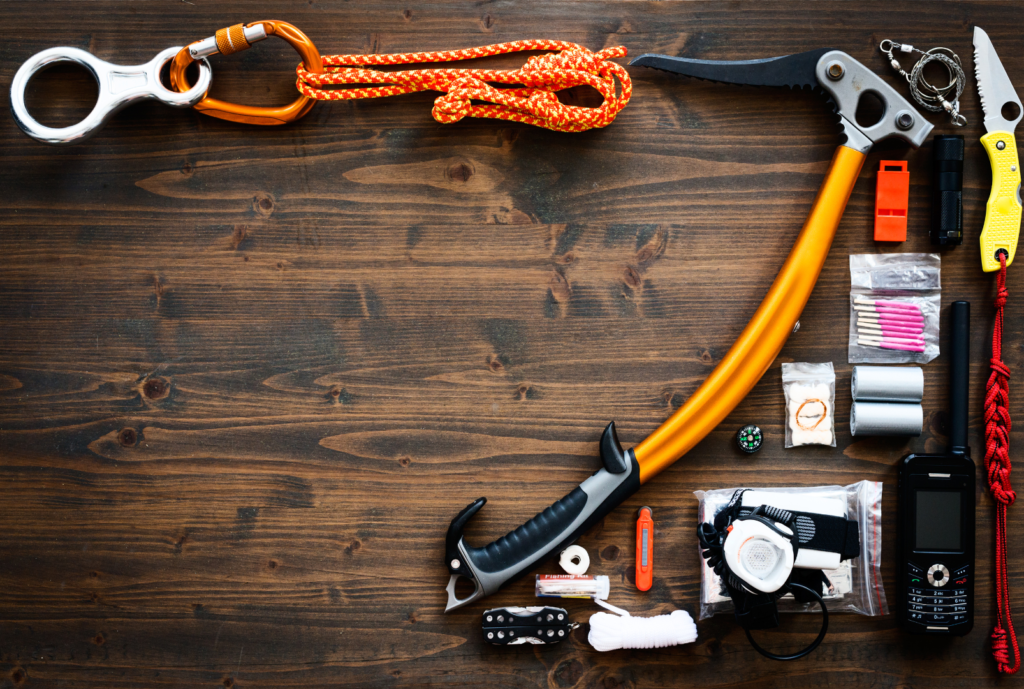
Crampons, ice axe, safety harness — don’t just pack them because someone said so.
Know how to use them. Practice walking with crampons, clipping into a rope, self-arresting with an axe (ideally in a safe environment — YouTube tutorials don’t count as training).
Here’s the truth: the better you know your gear, the less anxious you’ll be at altitude.
And less anxiety means better decisions, faster reflexes, and less yelling into the wind. The last thing you want is trying to figure out how your descender works when you’re standing on top of a 100ft vertical drop. Not sure what all is needed for a climbing expedition ? Check the list here ..
Bottom line?
Good gear doesn’t just protect your body — it preserves your margin for error. And in the high mountains, that margin is thinner than the air. It’s the line that separates your life and death.
-
Altitude Illness Awareness: Learn It, Before You Live It
Altitude doesn’t care how fit you are. It doesn’t care how many marathons you’ve run, what your resting heart rate is, or how much your new Gore-Tex jacket cost. At a certain height, the only thing that matters is whether your body is adapting — or starting to unravel.
The good news? Altitude illness is largely preventable — if you know what to look for, and what to do when it shows up. And if you listen, a short descent along with adequate rest and ensure full recovery.
Know Your Enemies: AMS, HAPE & HACE
These are not fancy climbing acronyms. They’re warning signs — and potential game-enders.
- AMS (Acute Mountain Sickness): Headache, nausea, fatigue. Basically, altitude’s way of saying, “Slow down.”
- HAPE (High Altitude Pulmonary Edema): Fluid in the lungs. You’ll feel breathless, even at rest. Listen for the sound of gurgling in the chest especially when your lying on your back. That’s a bad sign.
- HACE (High Altitude Cerebral Edema): Fluid in the brain. Confusion, loss of coordination, hallucinations — this is the leave-now-or-die level.
- Hypoxia: Blue coloration in the tips of your fingers and lips. Slurring of speech. Descend down immediately
Early detection = safety. Miss the signs, and you don’t just put your summit at risk — you put your life, and your team’s lives, on the line.
Carry the Right Medicine (And Know How to Use It)
Your standard expedition first aid kit should include:
- Diamox – helps your body acclimatize faster
- Dexamethasone – a steroid used in emergencies
- Ibuprofen & basic first aid – for inflammation and general treatment
And of course, any personal medications specific to your health.
Pro tip: Taking Diamox without hydrating is like putting petrol in a dry engine. It needs water to work properly. So… drink up.
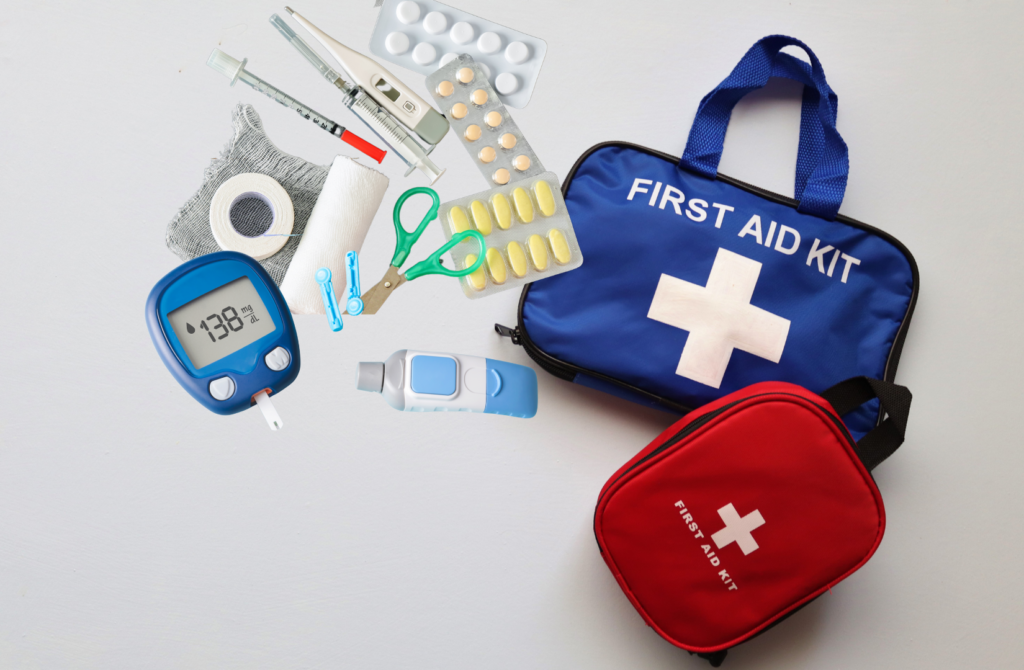
Track Your Oxygen Like a Pro
Many climbers now use a pulse oximeter and keep a simple resting pulse + SpO₂ log each evening at camp.
Why? Because numbers don’t lie — and sometimes, you might not feel the symptoms of altitude stress until it’s too late. If you have to choose between knowing your SpO2 and the number of steps you’ve done, then it’s a no brainer.
Keeping a log takes two minutes. Evacuation takes a helicopter and a hole in your bank balance.
Why This Matters (More Than Your Summit Selfie)
Knowing the basics of altitude illness doesn’t just protect you — it could save someone else’s life. And when you’re high up, where help is hours (or days) away, you are the first responder.
Sherpas, guides, doctors — they’re all incredible. But sometimes, you are the difference between a tough day and a tragedy. Your ignorance can not just put you at risk but also someone else’s life at risk. And that was never your intent.
So learn this stuff. Not to scare yourself, but to prepare yourself.
-
The Final 4 Weeks: Taper, Simulate, and Trust the Work
The final month before your expedition isn’t the time to get stronger. It’s the time to get smarter.
This is where you taper. Not because you’re lazy — but because your body needs to consolidate all the hard work you’ve put in over the past few months. You’re not adding horsepower anymore. You’re tuning the engine.
Taper the Volume, Keep the Intensity
Gradually reduce the length of your workouts, but maintain the effort level. Think shorter hikes, lighter packs, but with the same focus and intensity. This allows your muscles (and your brain) to recover, reset, and stay sharp — instead of arriving at base camp already exhausted.
Simulate the Real Thing
The goal now is to mimic what expedition life feels like:
- Early wake-ups
- Full gear check
- Long walk
- Short rest
Repeat.
Wear the boots. Pack your day bag. Eat your snacks on the move. Don’t treat your training like a workout — treat it like a rehearsal.
You want to be so familiar with the routine that, when summit day comes, you’re not thinking, you’re flowing.
Rehearse the Details You’ll Rely On
By now, your summit bag should be packed and repacked. Your layering system should feel like muscle memory. You should know when you’ll drink, what snacks work for your gut, and how you’ll manage everything from headlamps to glove changes with minimal drama.
Because the mountain doesn’t reward those who wing it. It rewards those who are ready when the wind howls and the thermometer drops and nothing goes according to plan.
Final tip: In these last few weeks, don’t obsess. Prepare.
Trust the work. Respect the mountain. And don’t forget to enjoy the quiet before the climb.
Final Reflection: Dharma or Drama?
There’s a quiet belief shared among Sherpas — one that rarely makes it to the gear checklists or motivational posters:
“Mountains test your soul, not just your body. Leave your ego at base camp, and take your spirit to the top.”
You see, long before you reach the summit, the mountain begins its examination. Not of your fitness levels or oxygen stats — but of your intent.
Are you here to practice Dharma — to move with purpose, patience, and humility?
Or are you bringing Drama — chasing applause, fighting the terrain, turning hardship into a performance?
Dharma is quiet. Drama is loud.
Dharma walks steadily, knowing the mountain owes it nothing. Drama storms ahead, expecting the summit to wait. Every climber, at some point, faces this moment of truth:
Why are you climbing?
Is it to be seen by the world…
Or to see the world — from one step beyond your limits and comfort zone, one horizon beyond the last?
So as you train, prepare, and eventually ascend — keep checking in with that question.
The gear helps. The training helps.
But at the end of the day, it’s your why that will carry you to the summit… and safely back down again.
And if you’re lucky — if you listen carefully to the silence between the wind gusts — the mountain might just whisper the answer back to you.
Follow us on Social Media –LinkedIn | TripAdvisor | Instagram
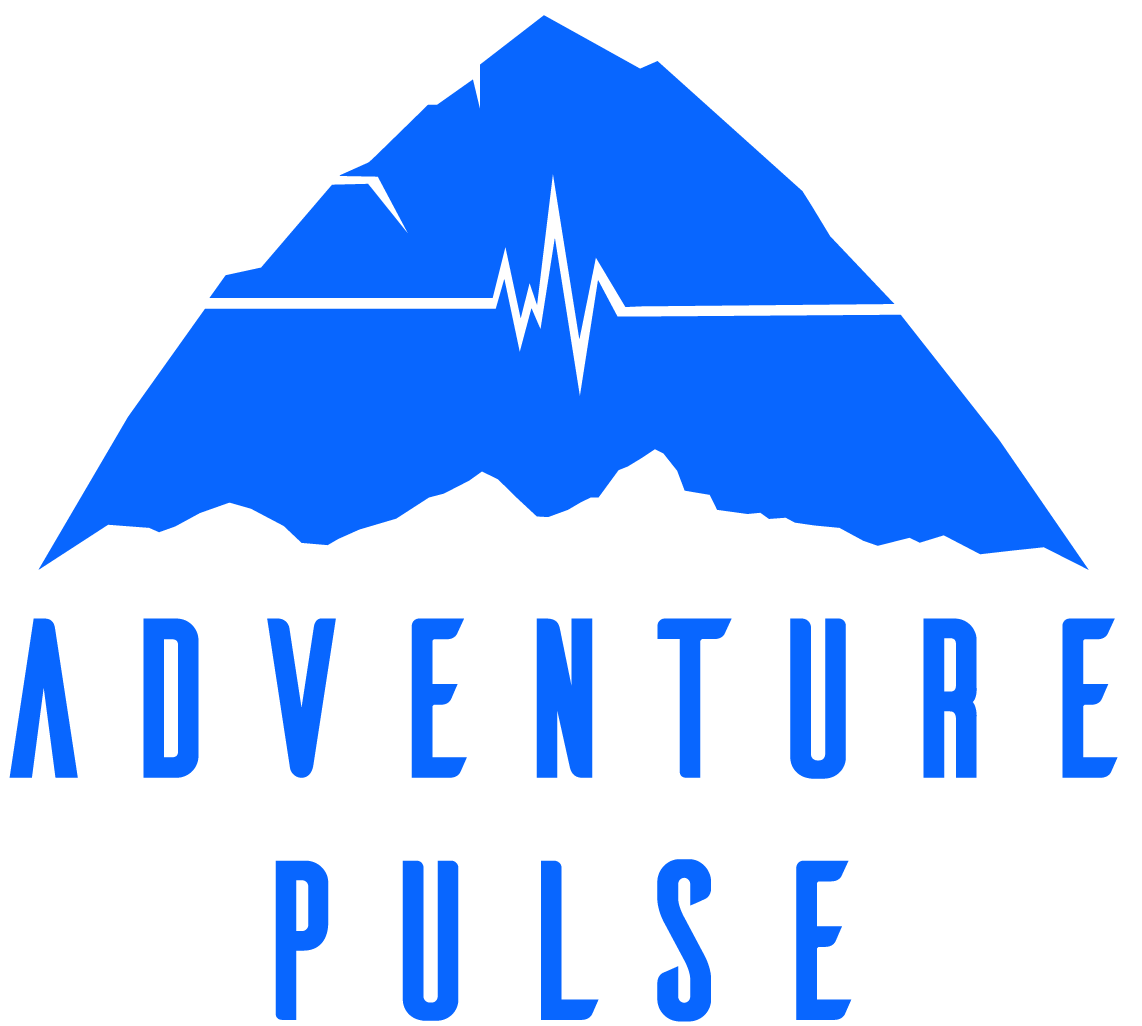
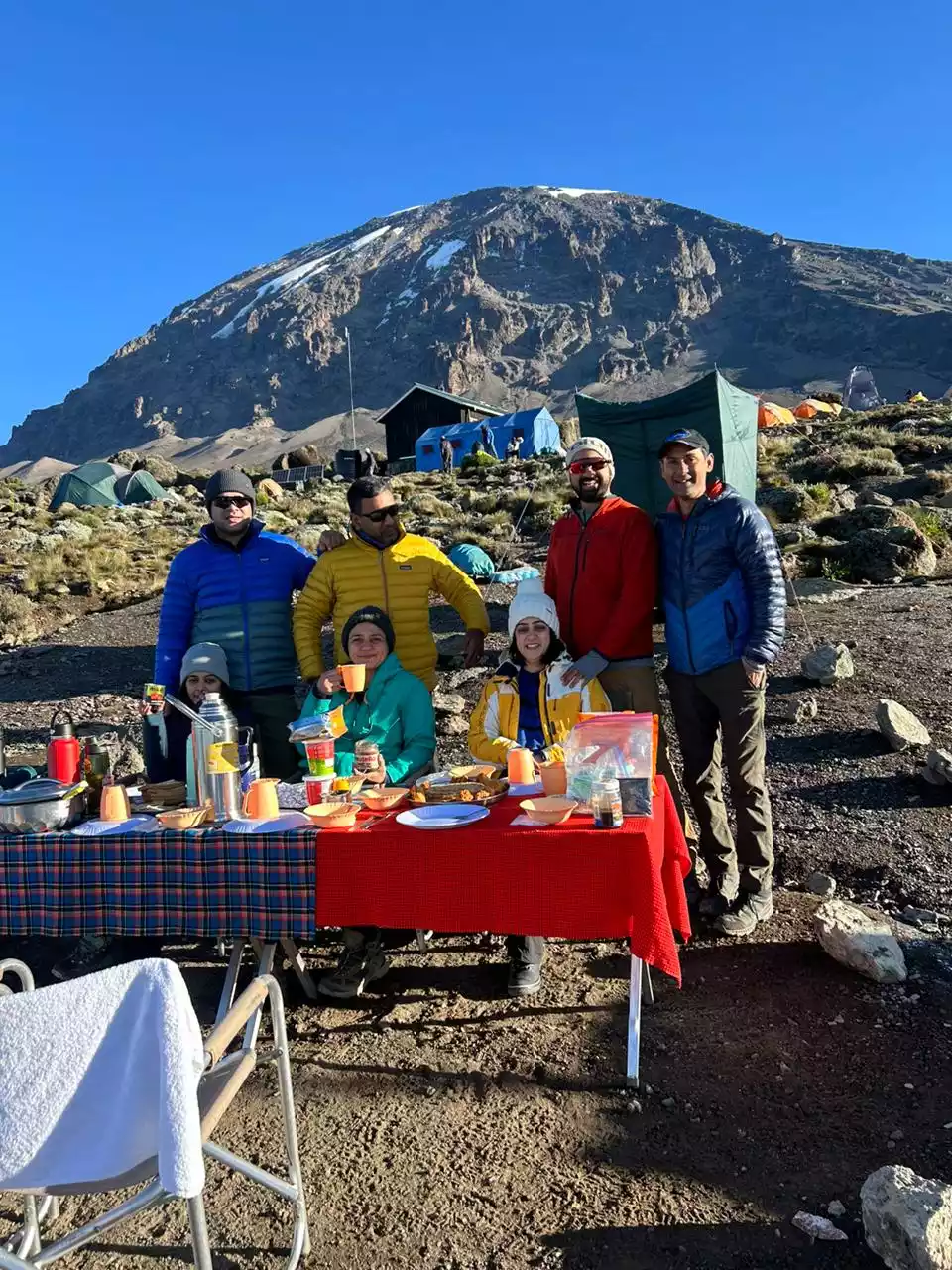
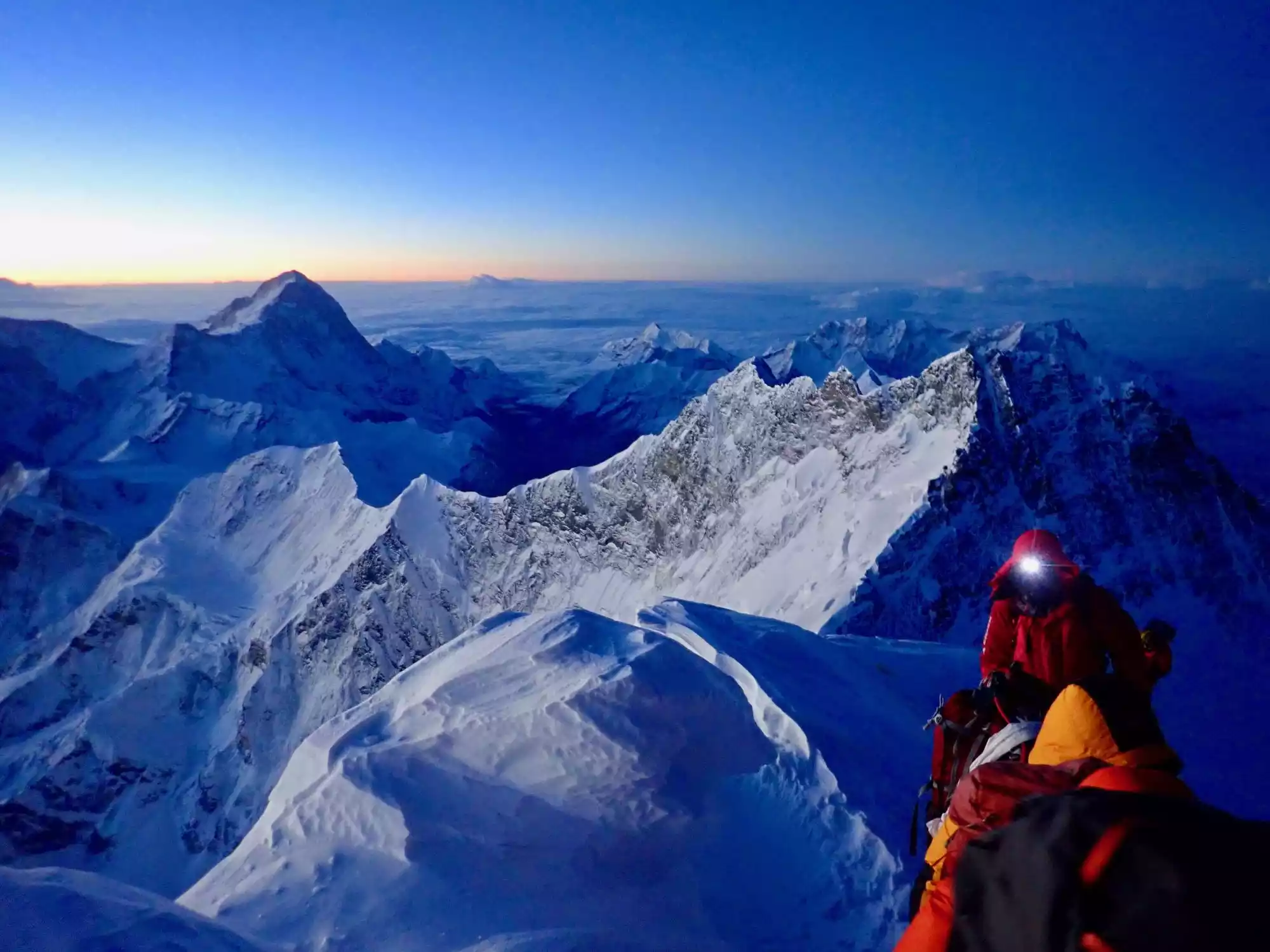
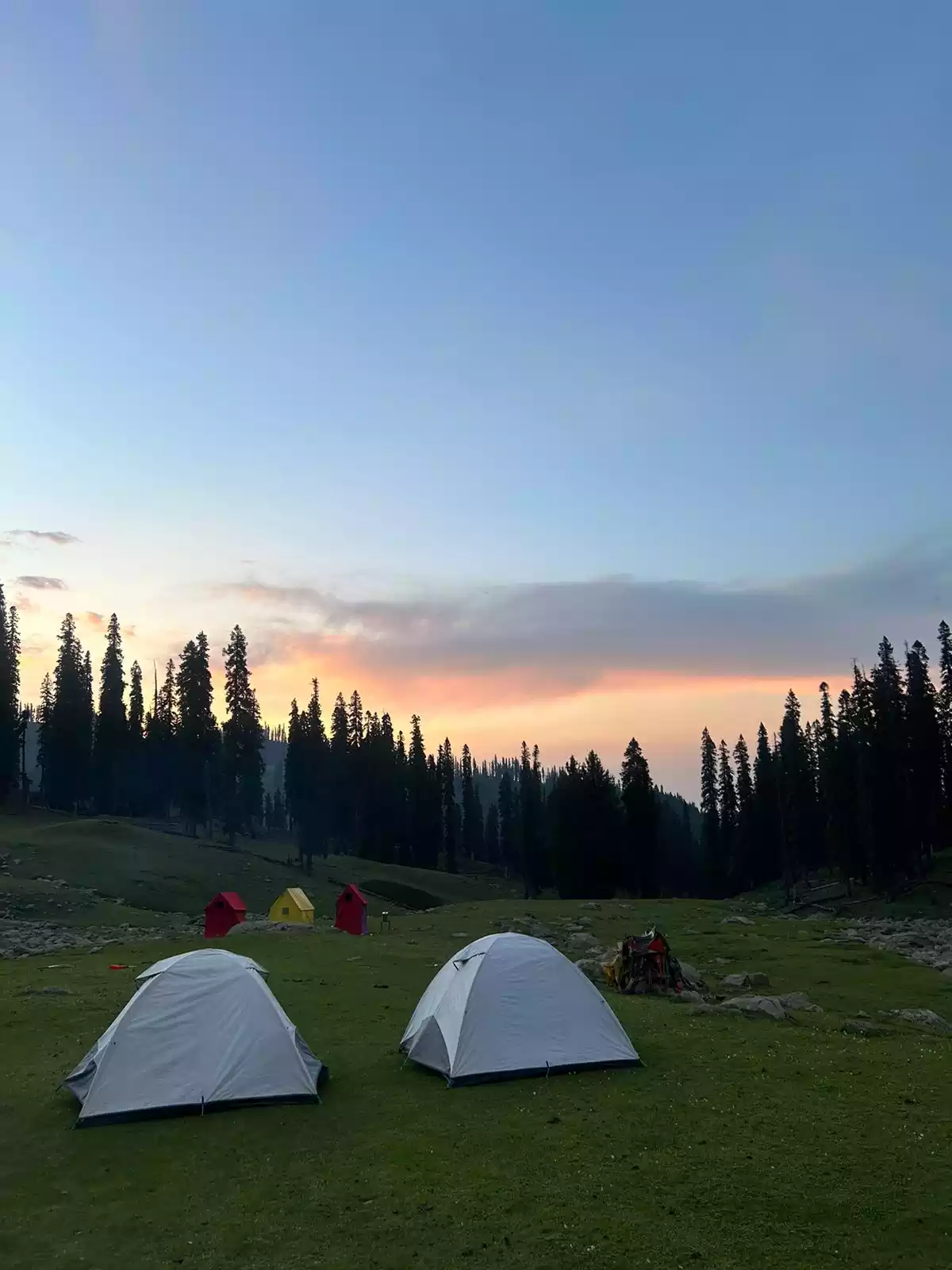
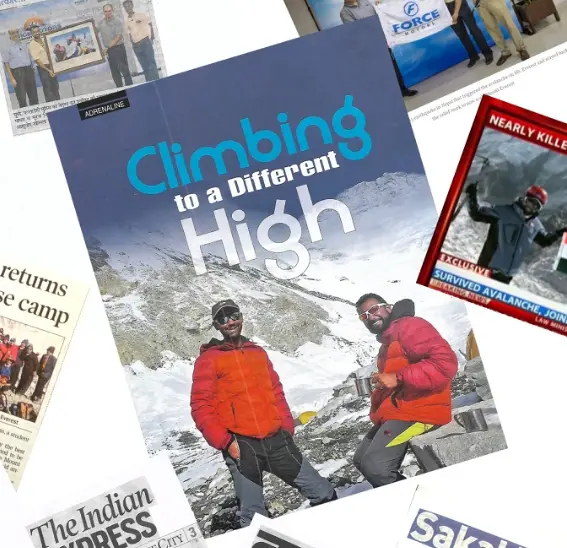
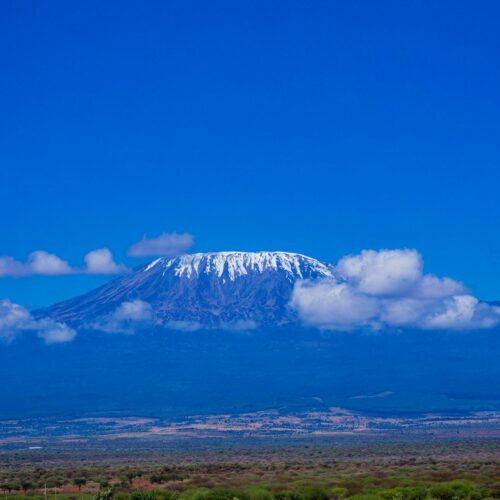
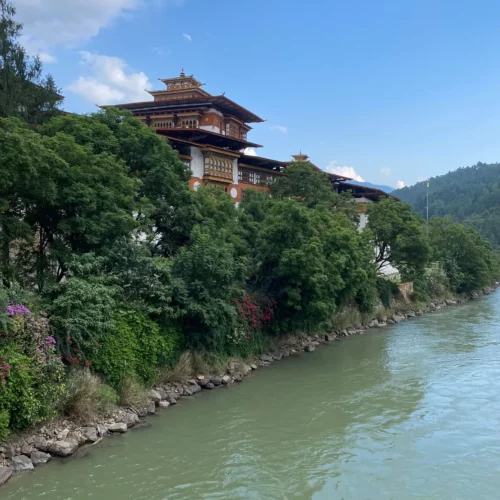
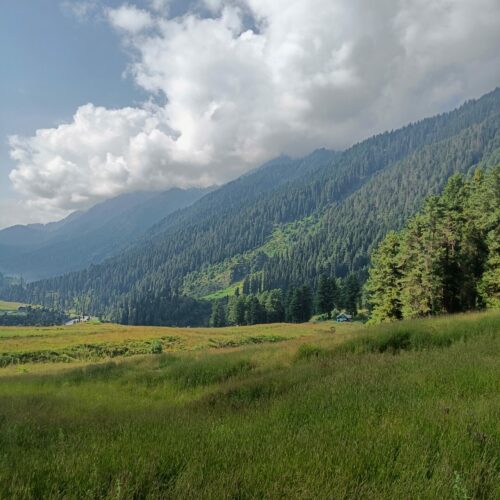
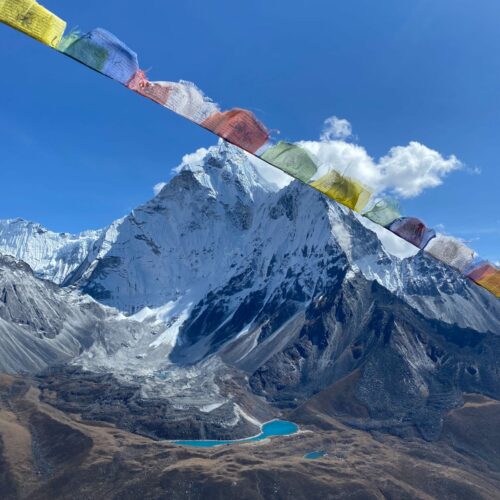
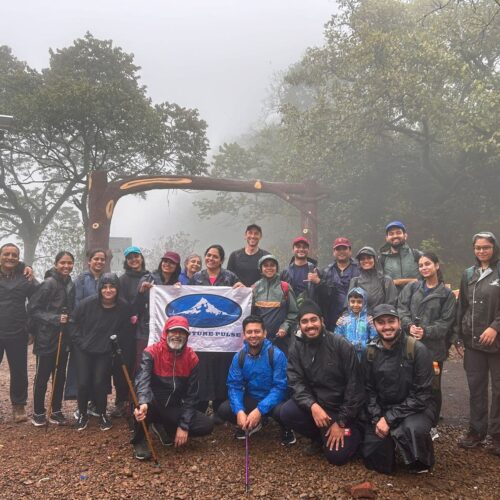
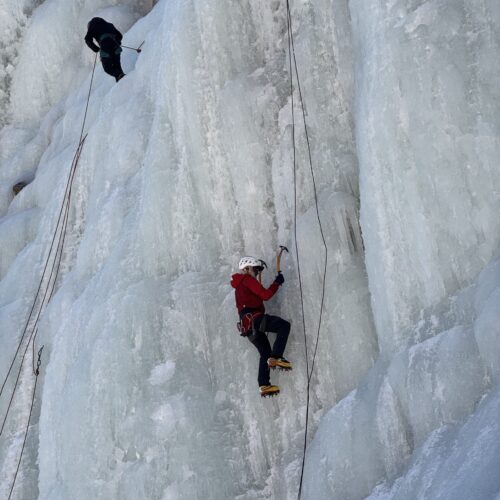
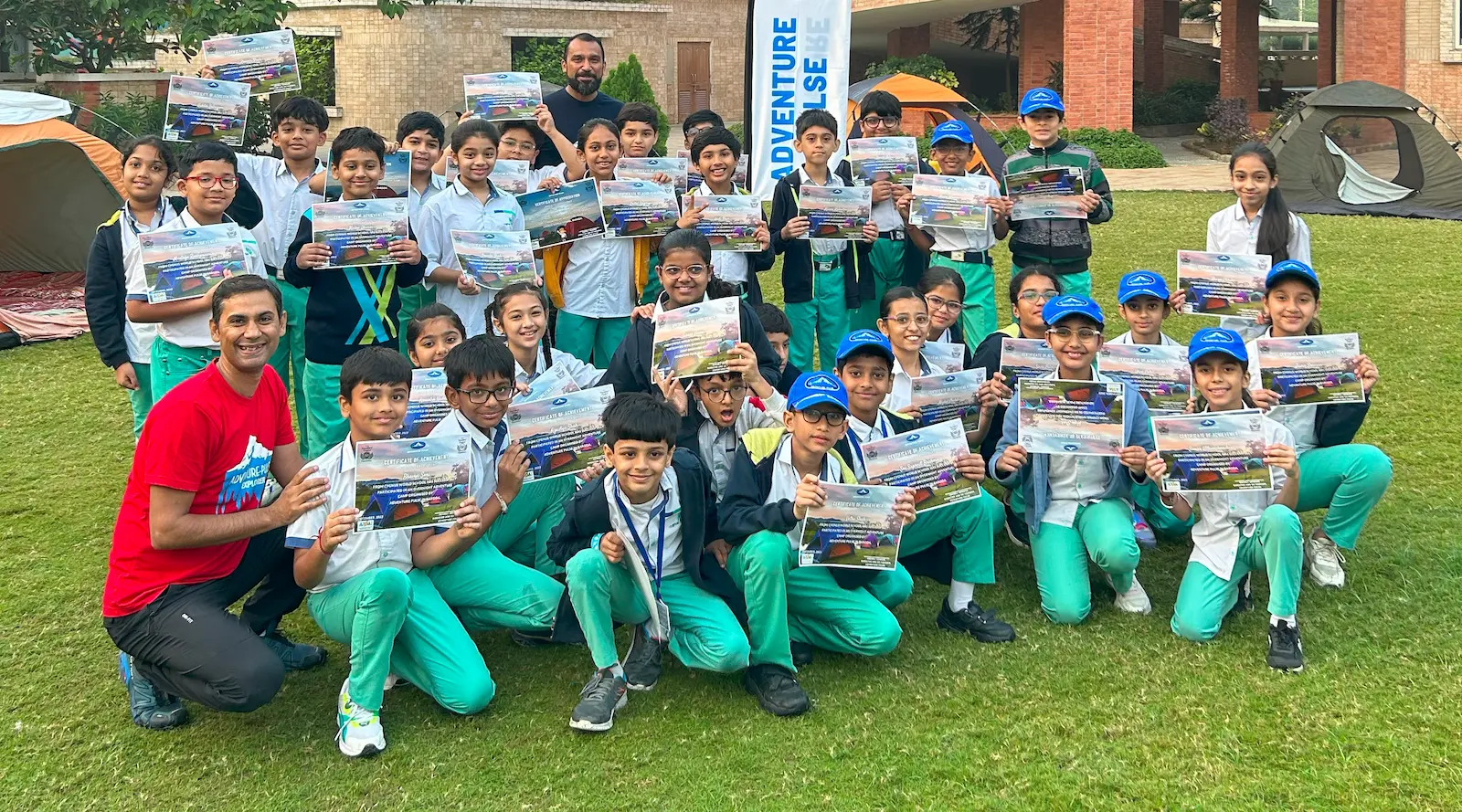
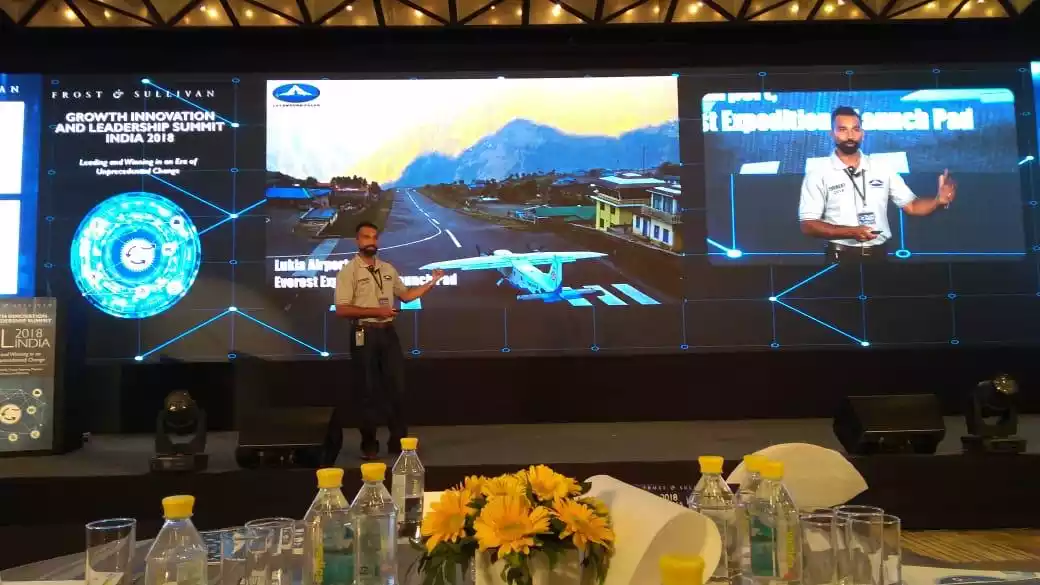
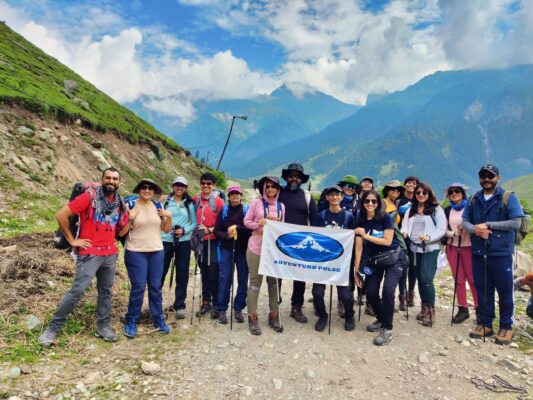
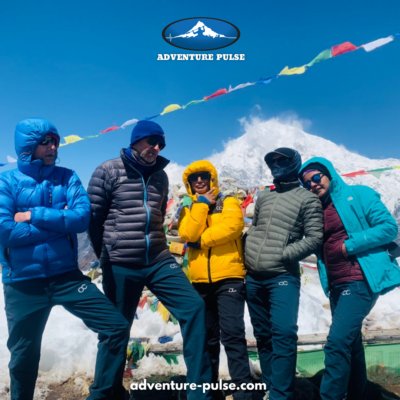
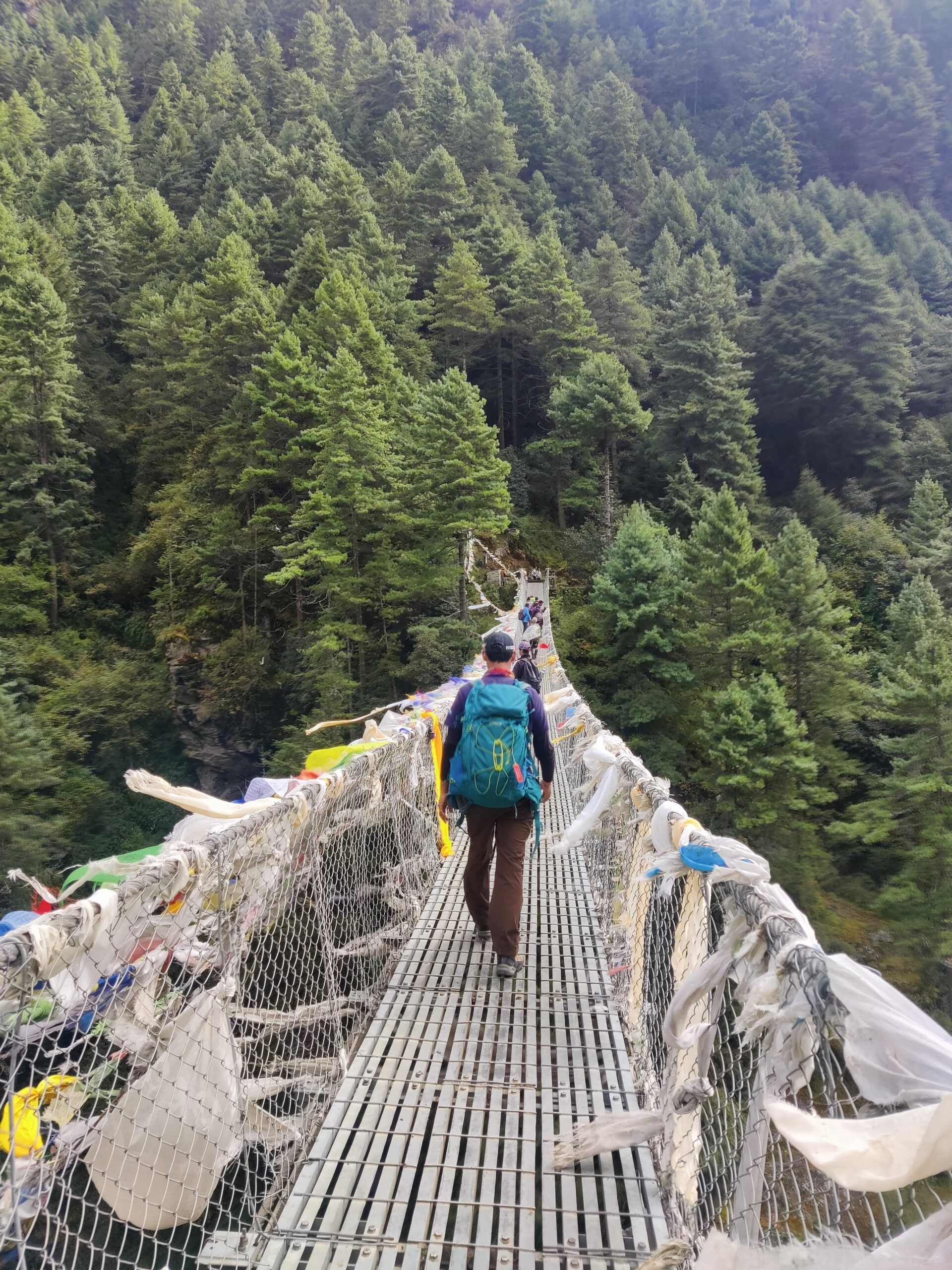
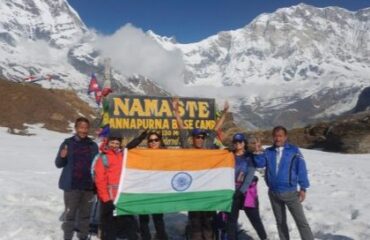
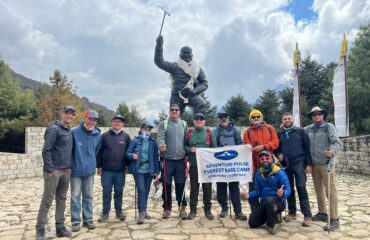
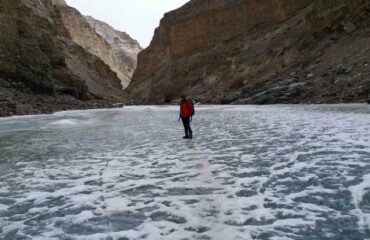
Excellent article! Everything is mentioned so systematically, very informative as well as motivating.